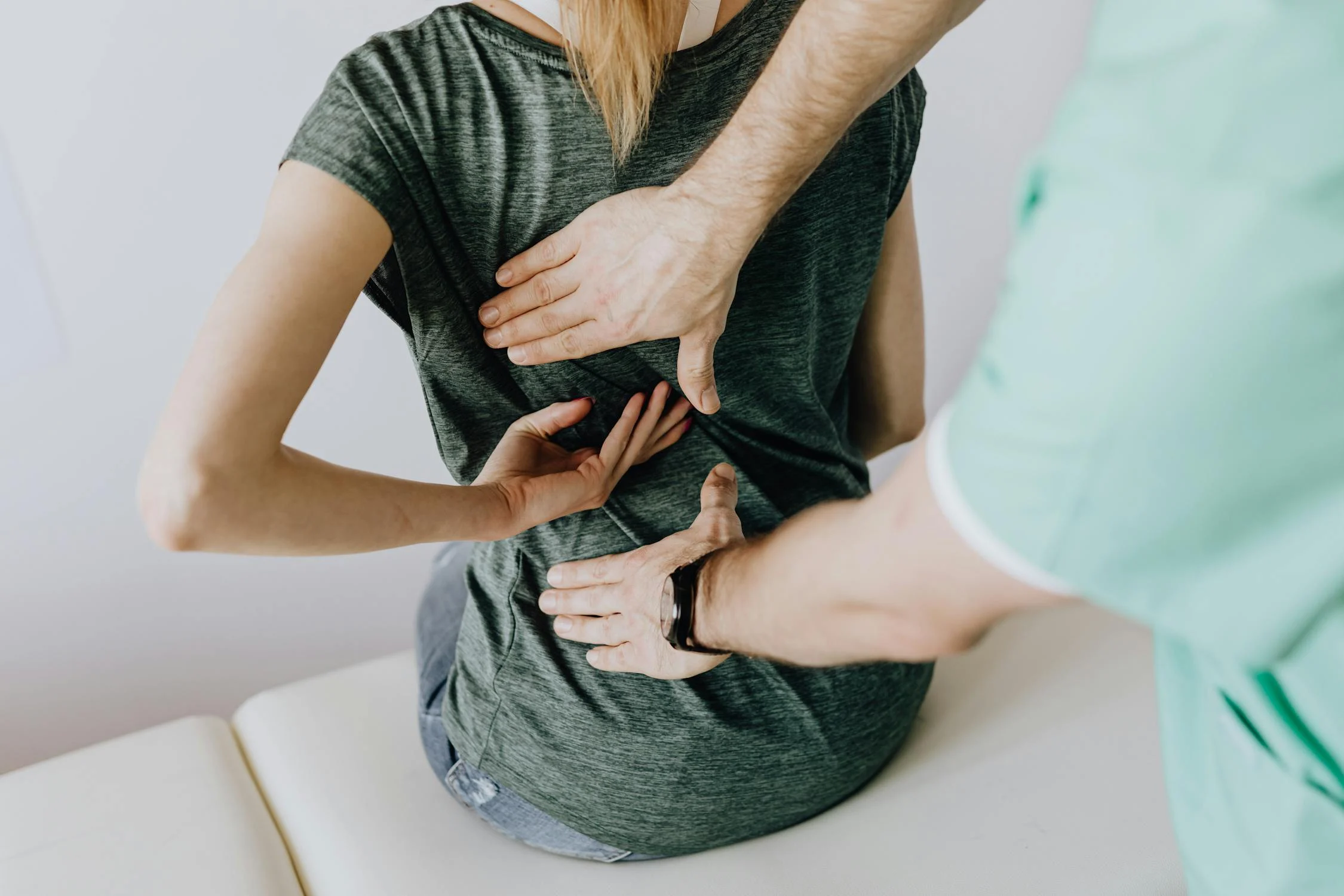Lower back pain is extremely common, with around one in six adults in the UK adults experiencing it each year. While lower back pain often resolves within a few weeks, it can be very debilitating and disrupt your daily activities. Understanding the common causes can help you prevent and manage lower back pain. This article explores some of the most frequent sources of lower back pain and how to address them.
Muscle Strains and Sprains
Muscle strains and sprains are among the most prevalent triggers of lower back pain. Strains happen when muscles are overstretched or pushed too far, tearing muscle fibres. Sprains occur when ligaments, which connect bones, are torn from overstretching. Twisting awkwardly, lifting something heavy incorrectly, or an abrupt movement can strain or sprain the muscles and ligaments in your lower back. Symptoms include localised pain, muscle spasms, and limited range of motion. Applying ice packs, taking anti-inflammatory medication, and resting the back can help muscle strains and sprains heal. Gentle stretches and exercises may also aid recovery. See a physiotherapist if the pain persists beyond a few weeks.

Bulging or Ruptured Discs
Discs are cushions between the vertebrae that consist of a soft inner gel encased by a tougher exterior. A disc can bulge or rupture from injury or degeneration, pushing on nerves and causing lower back pain. You may also experience numbness or tingling in the leg. While bulging discs sometimes heal through rest, physical therapy, and anti-inflammatory drugs, ruptured discs often require surgery. If the pain is severe or you have symptoms like leg weakness, see your doctor promptly.
Arthritis
Osteoarthritis, the most common form of arthritis in the UK, happens when protective cartilage between joints wears down over time, leading to pain, stiffness, and swelling. In the lower back, spinal osteoarthritis can affect the facet joints that connect vertebrae. This type of mechanical back pain tends to worsen with activity and improve with rest. Losing excess weight reduces pressure on the joints. Medications like paracetamol or ibuprofen can ease arthritis pain. Physiotherapy and exercise help strengthen the back muscles that support the spine.
Spinal Stenosis
Spinal stenosis describes an abnormal narrowing of the spaces within the spine, usually from age-related wear and tear. The narrowed spinal canal puts pressure on the spinal cord and nerves, which can provoke lower back pain. Standing for long periods or walking far distances may intensify the pain. Surgery is sometimes required for severe cases that are unresponsive to conservative treatment.
Scoliosis
Scoliosis is an abnormal sideways curvature of the spine. While mild cases cause no pain, more advanced scoliosis can trigger lower back discomfort. Poor posture, genetics, and uneven pelvic bones are among possible causes. Mild to moderate scoliosis in adolescents and young adults may be corrected through bracing. Physical therapy helps strengthen the back muscles. Severe scoliosis could necessitate spinal fusion surgery.
If you suffer from lower back pain, visit this Bristol Chiropractic Clinic – Your Trusted Chiropractor in Bristol. A Bristol chiropractor can help you heal from lower back pain.
Lower back pain can be debilitating. Seek advice if rest and over-the-counter medications don’t resolve your discomfort in a few days.
No. of times viewed = 38

 Follow
Follow